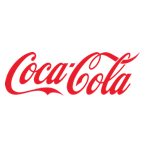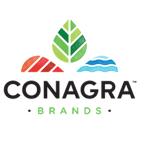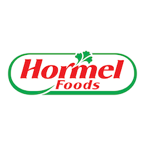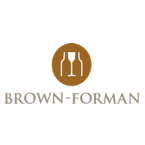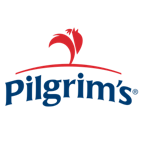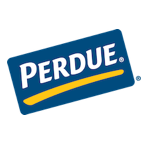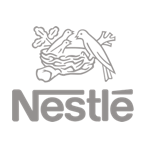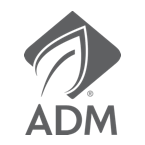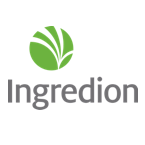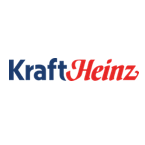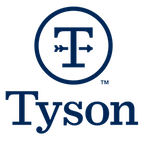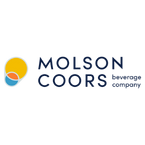The Mississippi River Basin, which spans from the Appalachians to the Rockies, Canada to the Gulf of Mexico, and covers about 40% of the continental United States, underpins agricultural production, provides drinking water for nearly 20 million people, and supports a diversity of wildlife. A quarter of all fish species in North America live in the Mississippi River and 60% of birds in North America use it as a migratory flyway.
The watershed is dominated by agriculture, collectively making up more than 90% of all U.S. agricultural exports. The industry, though, is also the top polluter of the Mississippi River, with nitrogen and phosphorus runoff from fertilizers and manure causing algae blooms, and oxygen depletion, and in many areas, contaminating groundwater supplies. The dead zone in the Gulf of Mexico caused by nutrient pollution flowing from the Mississippi River results in up to $2.4 billion of damage annually to fisheries and marine habitats.
Throughout the Spring of 2019, severe flooding in the Mississippi River Basin inflicted billions of dollars in damages to farmers, agribusinesses, and meat companies. Millions of acres of corn, wheat, and soy couldn’t be planted and $1 billion of grain couldn't be shipped from major ports, such as those in southern Louisiana, because of flooding.
One main driver of land loss and flooding is the engineering of the Mississippi River with channelization, dams, and canals that make urbanization, agriculture, shipping, and transportation possible. Historically, the river carried and deposited sediment in marshes, wetlands, and deltas, creating land, but now infrastructure cuts the river off from these ecosystems. Stakeholders are working to combat land loss and flooding through nature based solutions, such as a plan by The Nature Conservancy in partnership with the Army Corps and Natural Resources Conservation Service to restore and reconnect 750,000 acres of historic floodplains.
Companies and investors have a unique opportunity to respond to water risks in their operations and supply chains within the Mississippi River Basin, advocate for sustainable and resilient water policies, ensure sustainable management of the basin’s water supplies, and develop watershed protection plans in collaboration with local stakeholders.
Water Risks and Opportunities in the Mississippi River Basin
By the Numbers
|
|
| 92% of U.S. agriculture exports |
78% of world exports of feed grain and soy |
#1 producer of corn in the nation |
32 states make up this river basin |
Key Commodities
|
|

Soy |

Wheat |

Corn |

Poultry and Livestock |
Key Risks |
|||
 |
Water PollutionNitrogen and phosphorus from agriculture and manure runoff into the Mississippi River, creating a massive oxygen-depleted dead zone in the Gulf of Mexico. |
||
 |
FloodingShrinking wetlands, marshes, and deltas, paired with rising sea levels increase the risk of flooding which threatens coastal communities, farms, and industries that rely on shipping along the river. |
||
Companies with Operations and Suppliers in the Mississippi River Basin
Mars, Inc.
Mars mapped water use across its supply chain and found that rice grown in the Mississippi River Delta is both highly valuable and highly reliant on stressed water sources. Mars has committed to deploying farmer training and technology for sustainable water use, such as nutrient and chemical management and water optimization, on 11,000 hectares in the U.S. by 2025. Mars plans to support this training and technology use through partnerships with civil society and agronomists, incentives for suppliers and farmers, and co-funding for water efficiency programs.
Cargill, PepsiCo, Ingredion
Cargill, PepsiCo, and Ingredion partnered with the Soil and Water Outcome Fund (SWOF) which compensates farmers on over 100,000 acres of cropland for implementing practices to enhance water quality and carbon sequestration quality. This direct financial support corresponds with companies’ sustainable agricultural goals, such as Cargill’s commitment to advance regenerative agriculture practices across 10 million acres of North American farmland by 2030.
Smithfield
Through SmithfieldGro, on-staff agronomists travel to supplier grain farms to demonstrate strategies that improve fertilizer usage and crop production. By the end of 2020, Smithfield had engaged with grain suppliers on roughly 530,000 acres about efficient fertilization and soil health.
Hormel
As a partner of the Cedar River Watershed Partnership, a collaboration between non-profit organizations and local and national companies, Hormel hosted an event in early 2019 to engage Minnesota farmers on implementing new farming strategies to protect the soil, water, and overall health of their farmland. . In 2020, the Hormel Foundation granted an additional $500,000 to the Cedar River Watershed Partnership to improve water quality and reduce flooding.
Kellogg's
A grant from Kellogg’s to The Nature Conservancy allowed the installation of irrigation timers on 15,000 acres of rice farmland in Arkansas that are mostly in critical groundwater areas.
Kellogg’s, Cargill, General Mills
Through the Midwest Row Crop Collaborative, international NGOs and multinational corporations, including Cargill and General Mills, partner with farmers to support them in improving soil health and water quality through nutrient management, cover crops, irrigation efficiency, and more.
PepsiCo, Unilever, Cargill, ADM
Farmers in Iowa who sell corn or soy to certain facilities in Iowa are eligible to receive financial incentives to use cover crops to improve soil and water quality.
Ingredion
Ingredion has committed to supporting the adoption of regenerative agricultural principles that focus on soil health and nutrient management to improve water quality. Ingredion will adopt these techniques on 1 million acres of farmland for top priority crops, such as corn, by 2030, nearly 350,000 of which are in high risk watersheds. Ingredion will assess and evaluate current practices and support implementation of new practices through training and collaboration with suppliers, relevant NGOs, and customers. Ingredion also aims to formulate plans with yearly goals by the end of 2023 for collective watershed action in each of its sourcing regions.
Ingredion and Coca-Cola
Ingredion and Coca-Cola have partnered with The Sustainability Consortium, MyFarms, a software platform, and Field to Market, a multi-stakeholder alliance, to improve the transparency and communication of farm-level data to retailers and consumers regarding greenhouse gas emissions, soil erosion, water use intensity, and yield .




